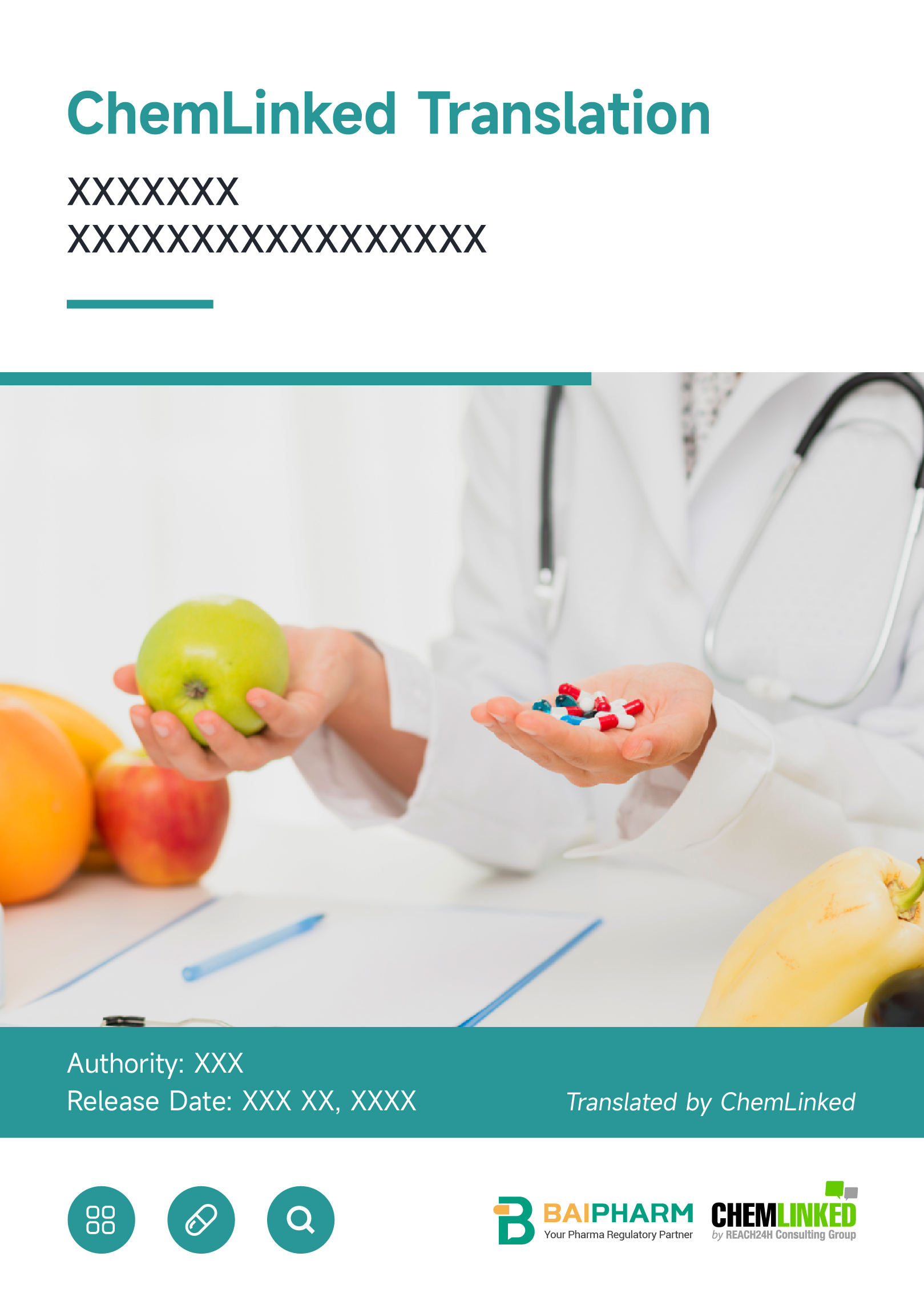Stability testing investigates how drug substances or drug preparations change through time under the influence of various environmental factors, including temperature, humidity, and light. Stability testing aims to provide scientific evidence for recommended conditions for manufacture, package, storage, transportation, and shipment. Based on trials, stability testing also helps establish drugs’ shelf lives.
The basic requirements for stability testing are:
(1) Stability testing includes affecting factor testing, accelerated testing, and long-term testing. Affecting factor testing requires one batch of drug substances or preparations; if the test results are not clear, two additional batches of samples shall be tested. For biological products, three batches are required in affecting factor testing. Accelerated testing and long-term testing each require three batches of test products.
(2) Drug substances for stability testing should be manufactured on a pilot scale. The amount of drug substances required for testing should be equivalent to that for stability testing of their preparations. The manufacturing process of drug substances should be identical to that for full-scale production. Drug preparations used for stability testing should be from scale-up pilot production with the same formulation and manufacturing process as those of full-scale production. Each batch of scale-up test shall be at least the same the size of the pilot test. For large-volume preparations, such as intravenous injection, at least 10 times of the total amount for each testing are needed. For some special preparations or dosage forms, the amounts for testing depend on their conditions.
(3) The packaging of drug substances for accelerated and long-term testing should be the same as those for marketing.
(4) The methods for stability testing of drugs and related substances (including degradation products and the products introduced by other changes) should be accurate, precise, specific, and sensitive, and should be validated to ensure the reliability of the results. It is noteworthy to pay attention to the determination of degradation products during stability testing.
(5) Because the quantity of scale-up batch is less than that of the production batch, the applicant shall promise that the accelerated and long-term testing are also carried out for the first three production batches that pass the production validation after approval.
(6) For pharmaceutical preparations packaged in permeable containers, the drug’s humidity sensitivity or possible solvent loss should be considered.
(7) The "significant change" of preparation quality is generally defined as:
① The margin of difference between the content and the initial value is 5%, or the potency value tested by the biological or immunoassay does not meet the requirements.
② Degradation products exceed the standard limits.
③ The appearance, physical constants or functional tests (such as color, phase separation, redispersibility, adhesion, hardness, and the drug amount for each press of spray) do not meet the standard requirements.
④ The pH value does not meet the requirements.
⑤ The dissolution rate of 12 preparation units does not meet the standards.
The Guidelines includes two sections, the first section is for drug substance and the second one is for drug preparation.





